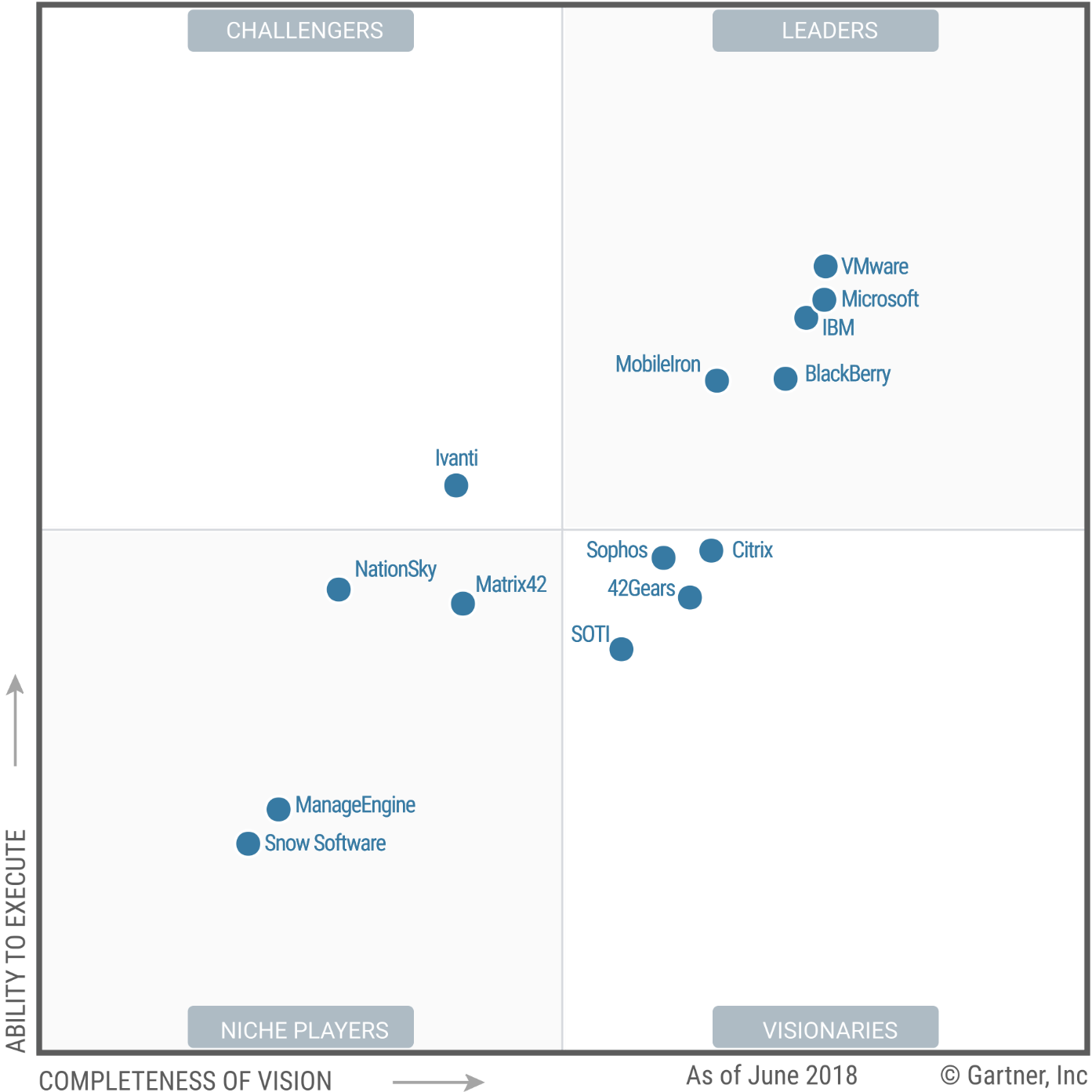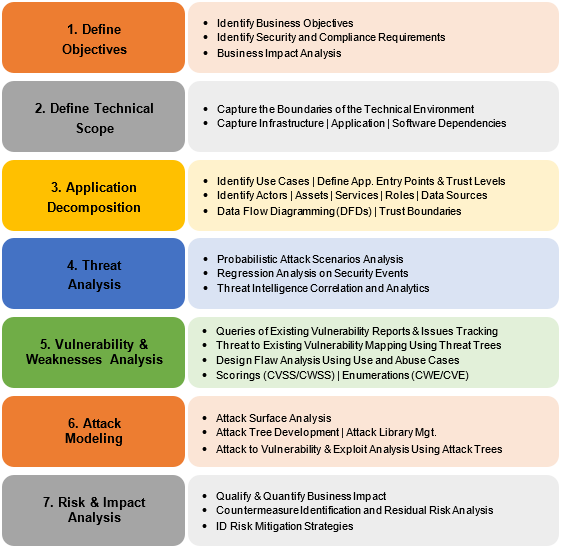

- #Microsoft sdl threat modeling tool how to
- #Microsoft sdl threat modeling tool download
- #Microsoft sdl threat modeling tool free
- #Microsoft sdl threat modeling tool windows
Here’s a diagram that highlights this process: To quickly summarize, the approach involves creating a diagram, identifying threats, mitigating them and validating each mitigation.

For a quick review, refer to Threat Modeling Web Applications and an archived version of Uncover Security Flaws Using the STRIDE Approach MSDN article published in 2006. This article builds on existing knowledge of the SDL threat modeling approach.
#Microsoft sdl threat modeling tool how to
This article takes you through the process of getting started with the Microsoft SDL threat modeling approach and shows you how to use the tool to develop great threat models as a backbone of your security process. The change in delivery mechanism allows us to push the latest improvements and bug fixes to customers each time they open the tool, making it easier to maintain and use.
#Microsoft sdl threat modeling tool free
Measure how successful you are, at predicting threats, at reducing risk, and at impacting security earlier in your development cycle.The Microsoft Threat Modeling Tool 2018 was released as GA in September 2018 as a free click-to-download. Work with others in your security and development teams to generate a good threat library, and embody it in XML rules that you can distribute to other users of the threat modeling tool in your enterprise.ĭocument and mitigate threats. Use those custom properties in a rule you create to generate one of the common threats in your environment. Once you’re familiar with the tool, visit the KnowledgeBase directory in the tool’s installation folder, and read the XML files that were used to create your threats.Īdd custom properties that describe your custom types.

Try it out on a relatively simple project, and see how easy it is to generate a few threats. Yes, every good blog post has to have one of these, doesn’t it? What am I asking you to do with this information?ĭownload the tool.
#Microsoft sdl threat modeling tool windows
With the release of Microsoft SDL Threat Modeling Tool 2014, Microsoft has finally delivered a tool that allows for the creation of moderately complex DFDs (you don’t want more complex DFDs than that, anyway!), and a threat library-based analysis of those DFDs, without making it depend on anything more expensive or niche than Windows and. The SDL TM tool itself was free, but it had a rather significant dependency.Īs a result, those of us who championed threat modeling at all in our enterprises found it remarkably difficult to get approval to use a free tool that depended on an expensive tool that nobody was going to use.
#Microsoft sdl threat modeling tool download
Unless, of course, you download and use the Microsoft SDL Threat Modeling Tool, which has always been free. Otherwise, you’ll probably draw your DFDs in PowerPoint (yes, that’s one of the easier DFD tools available to most of you!), and write your threat models in Word.

If you’re a government or military contractor, they’re probably great and wonderful. Threat modeling tools from other than Microsoft are pretty pricey. So what’s wrong with the current crop of TM tools? These have had their uses – and certainly it’s noticeable that when I work with a team of developers, one of whom has worked at Microsoft, it’s encouraging to ask “show me your threat model” and have them turn around with something useful to dissect. Then there’s the previous versions of the SDL Threat Modeling Tool. There’s the TAM Threat Analysis & Modeling Tool, which is looking quite creaky with age now, and which I never found to be particularly usable (though some people have had success with it, so I’m not completely dismissive of it). Amid almost no fanfare whatsoever, Microsoft yesterday released a tool I’ve been begging them for over the last five or six years.Īs you’ve guessed from the title, this tool is the “ SDL Threat Modeling Tool 2014”.


 0 kommentar(er)
0 kommentar(er)
